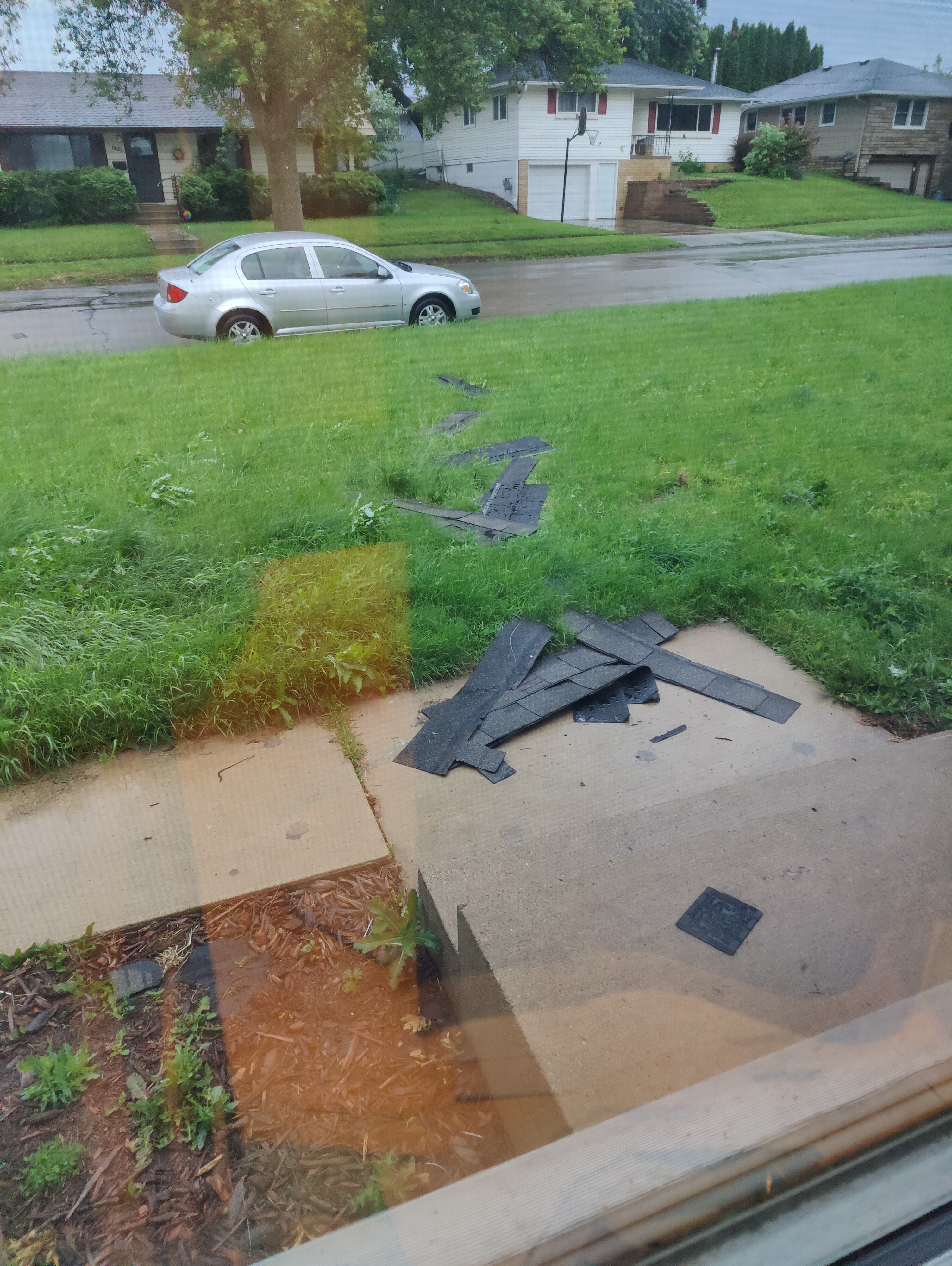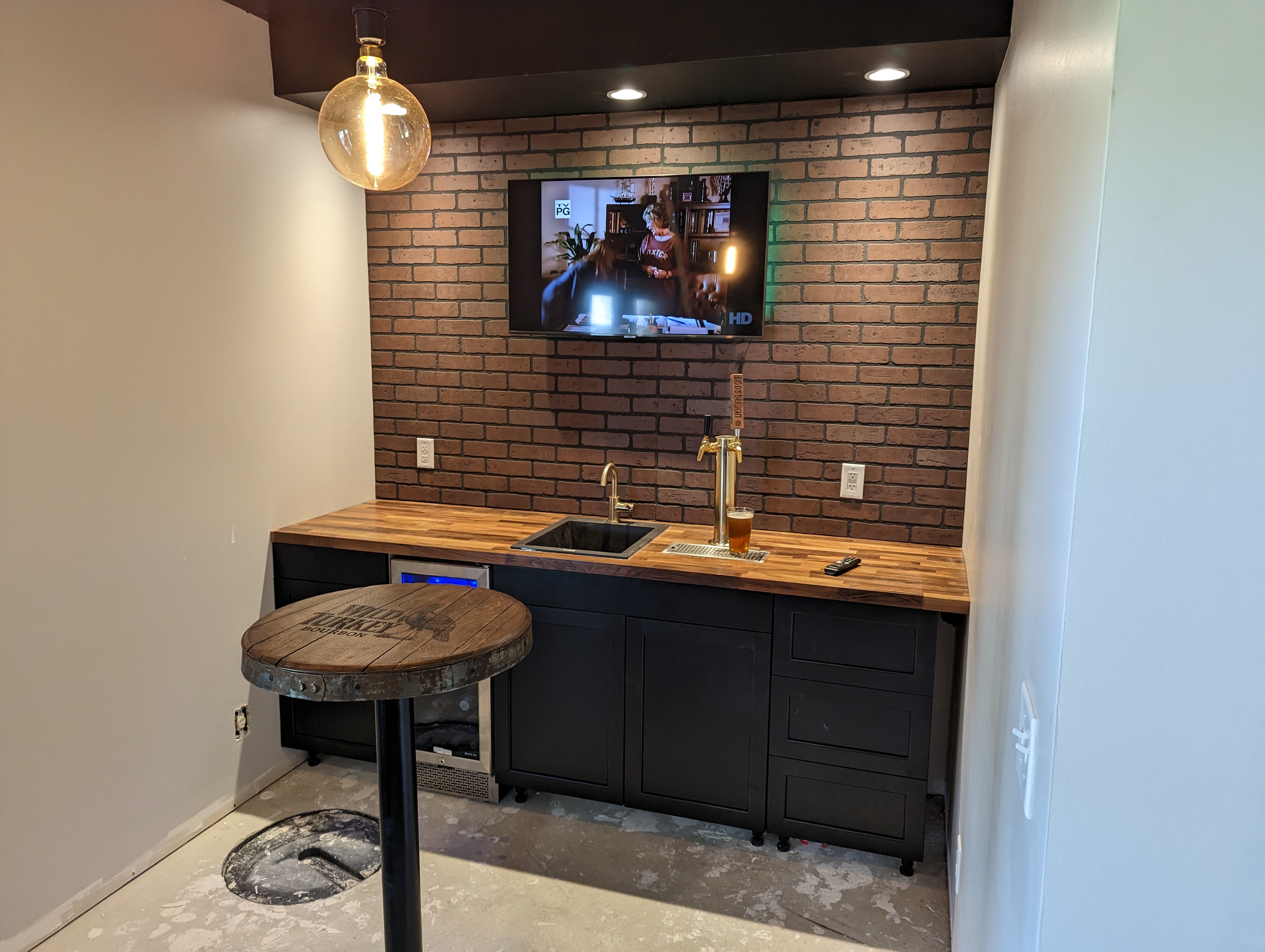I have a plastic cistern which has started leaking, only when flushing. The cisterns in the region are installed to sit on a foam ring (~12mm thick), which serves as a gasket. The foam eventually fails. I’m baffled because failing foam looks no different than new foam. They charge €10 for these gaskets that probably shouldn’t cost more like 50¢.
I bought a new gasket and it fails as well.
One shop had some uncommon gummy play-dough-like stuff for this purpose. It comes out in a strand with about the same diameter as a sharpie marker. So I stuck that to the toilet around the cistern ingress hole. Then I put an old foam disc on top of that and pressed it down. Even that leaks. Maybe I was supposed to really pile up this gummy stuff and not use the foam ring at all.
DiY shop says “buy a new cistern for €40”. I hate that option because it rewards the same poor design and I’d be spending more than I should have to.
Fuck that.
Alternatively the standards have changed and the new design is to have a thick rubber flanged gasket. But the ceramic ingress hole in the new toilets is also 80mm (~7mm bigger than mine). So I need a whole new toilet to upgrade to the new standard. What a disaster.
Fuck that.
So I went to a rubber fabrication specialist to get the new rubber gasket design in the size of the older toilets. He does not have a 3d printer, so for the 3D thing I need will cost €1000 to build the casting mold.
Fuck that.
All pressure is on to throw away a whole functional toilet because of a failed gasket. I hope that’s the nuclear option. I’m seriously considering grinding the ingress hole of the ceramic toilet to have the ø 80mm needed to install the newer rubber gasket. Has anyone done that? I have a carbide hole saw for ø 83, which would deny me the tight fit that I need. So am I better off using a dremel with a stone bit? Seems like that will take forever and maybe be a bit error prone. Even if I make the perfect hole, the inside of the rubber flange is also bigger than the cistern output port. So then I might need to improvise something to make the cistern mate tightly with the flange.
(edit)
Another possible hack: thinking of those Victorian toilet designs where the cistern is mounted close to the ceiling with a pull chain. Those toilets still exist, I think deliberately as a retro interior design. I wonder if there is some kind of plumbing kit that would have better sealing properties, and perhaps the cistern could be just raised 10cm or so and bolted to the wall. Though if it goes wrong, the toilet could become the shower for some unfortunate user.
update: solved
I was seriously baffled. The gummy stuff seems great. I could see no way for water to pass above, through, or below the gummy stuff. The only remaining possibility was water was the flush was faster than the bowl and backing up and spilling over the foam ring. So I put a ring of paper on it and retested. Still leaked but the paper ring is dry! wtf.. no possibilities left. I spent a lot of energy on the gasket.
When I first spotted the leak, my very first suspicion was that the plastic cistern could have a fracture because I’ve had one fail in that way before. So I filled it with water and set it over a bucket. Saw no leak. Apparently I was too hasty with that test. I just tested again and there is a fracture that water is very slowly dripping through. It’s so slow I thought it could only be happening on flushes (which reinforced the false negative of my 1st test).
Anyway, the fix is just to squirt some super glue into the fracture it possible, perhaps do some plastic welding on top of that using a soldering iron and a zip tie, then maybe put a bit of flex seal tape or roofing tape on top of that.
Glad I did not take a grinder to the motherfucker. I appreciate everyone’s feedback!
update: hmm.. not so easy
I just glued and taped. Still leaks. There are 3 cracks. I think these cracks were introduced when I screwed down the cistern (plastic piece of garbage). One of the cracks spans a rail so cannot be fixed externally. The inside of the cistern has a layer of styrofoam (probably to reinforce it). So I’m ½ tempted to cut the styrofoam and squirt epoxy on the inside bottom.
Alternatively, the normal fix is to buy a new plastic cistern (price: €40). But people keep throwing away plastic cisterns simply because the internal rubber ring gets scaling buildup and they do not sell the ring. I happen to have 10 new rings. So I guess my best move is to wait until the next cistern gets thrown away.


